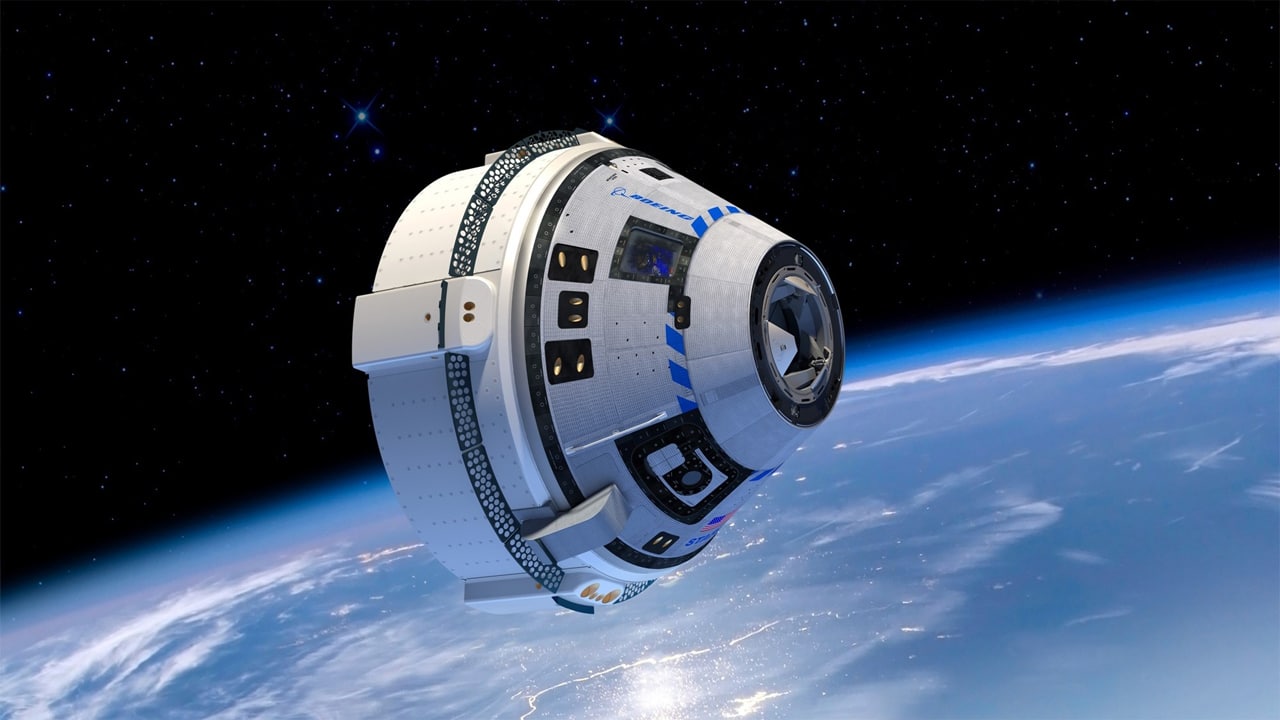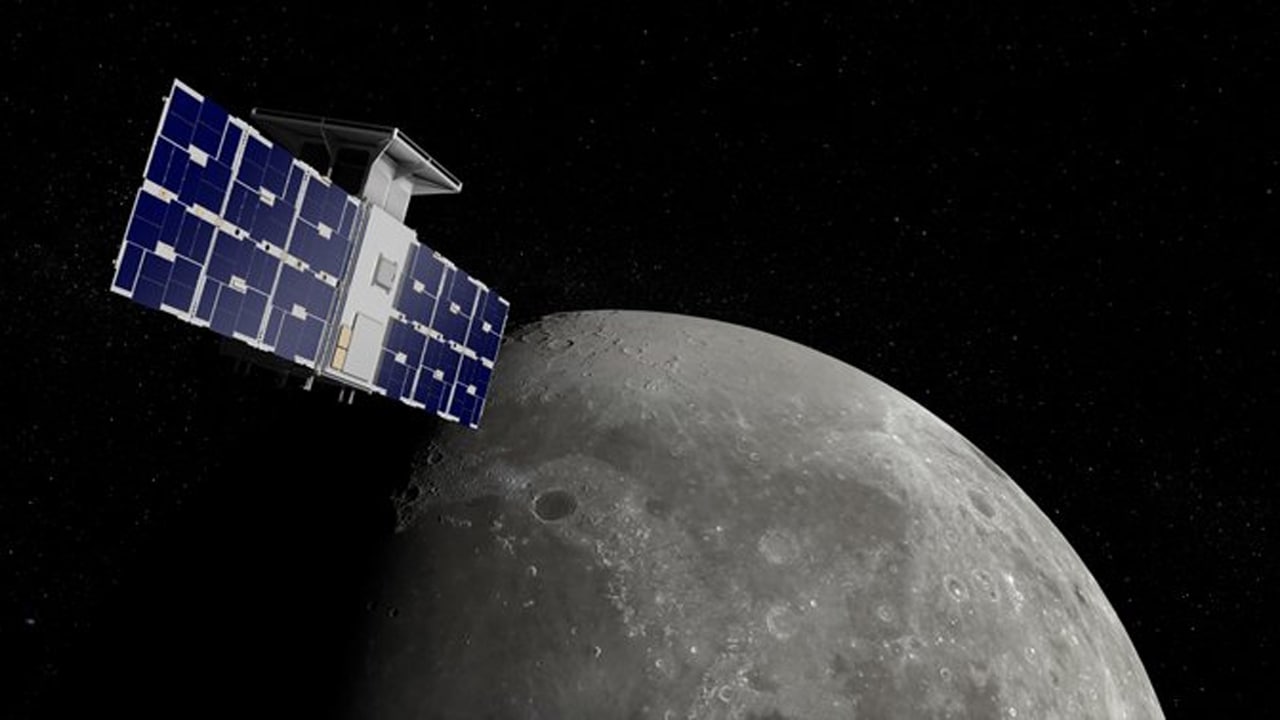NASA announced the latest documents returned by the Mars rover “Perseverance“, which included the sound of the Mars helicopter “Witty” during its fourth flight on Mars. This is the first time in human history that the sound of another spacecraft has been recorded on the surface of an alien world through a probe.
On April 30, 2021, Giz made its fourth test flight to Mars. The microphone attached to the SuperCam instrument on the Perseverance rover captured the hum and wind sounds of the helicopter’s rotor. At that time, lasers irradiated the rocks from a distance, studying their vapor with a spectrometer to reveal the chemical composition.
The instrument’s microphone records the sound of laser strikes, which provides information about the physical properties of the target, such as their relative hardness. The microphone can also record surrounding noise, such as the sound of Martian wind.
Join us on Telegram
David Mimoun, professor of planetary science at the French National Institute of Aeronautics and Astronautics and head of SuperCam microphone science, said: “This is a huge surprise. Our tests and simulations on Earth show that the microphone can hardly hear the helicopter. Because the atmosphere of Mars strongly inhibits the spread of sound. However, we are fortunate to record the sound at such a distance, and it will become a gold mine for us to understand the atmosphere of Mars.”
Perseverance carries a total of two microphones, namely the SuperCam instrument microphone and the microphone that is part of the Mars rover’s entry into the Martian atmosphere, descent, and landing camera system. These two microphones had already captured the sound on Mars before April 30, which was the first time in history to record on the surface of Mars.

Since Perseverance recorded at an observation point 80 meters away from the landing site of Giz, it captured all the flight videos of Giz so far, but the mission team did not try to record audio until Giz made its fourth test flight.
They are not sure whether the microphone can capture any flying sounds. Even during the flight, when the helicopter rotor rotates at a speed of 2,537 revolutions per minute, the sound will be greatly reduced by the thin atmosphere of Mars. In the first moments of flight, gusts of wind on Mars will also obscure it. However, listen carefully, the hum of the helicopter rotor is faintly audible in the Martian wind.
Scientists isolate the helicopter rotor sound at 84 Hz, reduce the frequency to below 80 Hz and above 90 Hz, and increase the volume of the remaining signal to make the audio recorded in monophonic easier to hear. Some frequencies have been cut to accentuate the hum of the helicopter. When the helicopter passed the camera’s field of view, the buzzing sound was loudest.
Read more: NASA reveals Wit Mars helicopter close-up images
Soren Madsen, NASA’s Jet Propulsion Laboratory’s Perseverance Payload Development Manager, said: “This is an example of different payload instrument kits that complement each other and produce information synergy. In this particular case, the microphone And the video allow us to observe the helicopter as if we are at the scene, while the additional information generated by other instruments can confirm the details of the flight path.”
SuperCam was developed under the leadership of Los Alamos National Laboratory in New Mexico and includes several spectrometers, control electronics, and software.
The mast device, including the microphone, was jointly developed and constructed by the French National Center for Space Research (CNRS), the French National Institute of Aeronautics and Astronautics, and several laboratories in French universities. The calibration target system on the rover deck was provided by the University of Valladolid in Spain.
On February 18, Wit and Perseverance landed in the Jezero crater of Mars. Billions of years ago, this was a huge delta of lakes and rivers. At the beginning of April, the Gizwits began a demonstration of human flight technology on an alien planet for the first time.

Its performance is very good, for which NASA decided to extend its mission period. This helicopter is now transitioning to a new stage, during which it will try to demonstrate the potential of the Martian rotorcraft in reconnaissance.
Giz is about to conduct its fifth flight test. Unlike the previous four round-trip flights, this flight is a one-way flight, and Giz will fly to a new airport 129 meters from its current location. This new location is on the route of the Perseverance project, and the two must maintain a relatively close distance because the communication of the wit must be done through Perseverance.
At the same time, Perseverance is preparing to invest in its own scientific mission, which has two main goals: to find signs of ancient life on Mars and to collect and store dozens of samples for future return to Earth.
Josh Ravich, head of mechanical engineering at the Jet Propulsion Laboratory “Wit”, said: “We will not turn around and fly back this time, and we will actually climb to a new height of 33 feet (10 meters). And take more color and black-and-white images of the area. After about 110 seconds of flight, Wit will land and complete its first one-way trip. When it lands at a new location, we will start a new technology Demonstration stage. In this stage, we will show what it can do to help other tasks in the future.”












